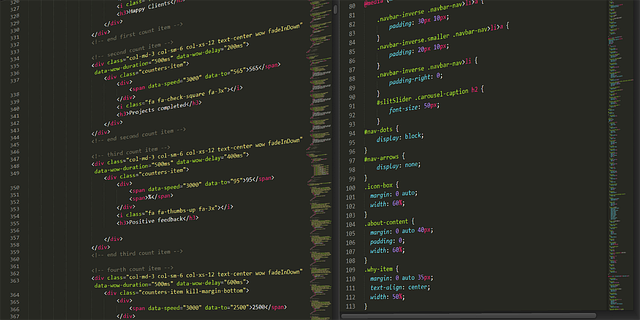Stepwise programming fundamentals for international learners
This overview outlines a structured, stepwise approach to programming fundamentals designed for international learners. It highlights how learners can progress from basic syntax to debugging, algorithms to projects, and how assessment and portfolio work support measurable growth.

Stepwise learning helps international learners build a reliable foundation in programming by pairing clear concepts with regular practice and cultural adaptability. Starting with essential syntax and simple exercises, learners gradually encounter debugging techniques, basic algorithms, and collaborative development patterns. This approach balances theoretical understanding with hands-on projects and workshops so students can create demonstrable artifacts for assessment and portfolio development while adapting materials to different languages and learning contexts.
What is programming?
Programming is the practice of giving precise instructions to a computer using a formal language. For international learners, the emphasis is on understanding core programming concepts—variables, control flow, data types—and the role of syntax in expressing those concepts. Early exercises should focus on short snippets that demonstrate cause and effect: changing a line of code and observing the result. Regular practice builds fluency so that learners shift from copying examples to writing original code, an important step toward independent problem solving and collaboration in development environments.
How does development progress?
Development skills emerge through staged exposure to tools and workflows. An effective stepwise curriculum introduces version control, modular design, and simple development life cycles. Learners move from single-file scripts to small, organized projects with separate modules and clear interfaces. Peer review and collaboration exercises simulate real development scenarios and teach communication across diverse teams. Emphasizing incremental improvements and code readability prepares students for larger projects and supports consistent assessment of technical growth over time.
Why study algorithms?
Algorithms are systematic methods for solving problems and are valuable even at a basic level. For international learners, starting with classic patterns—sorting, searching, traversal—clarifies how to reason about efficiency and correctness. Exercises that connect algorithms to everyday tasks, such as handling lists or parsing text, make abstract ideas tangible. Pairing algorithmic thinking with visualization tools and step-by-step walkthroughs helps learners from varied backgrounds grasp complexity and trade-offs without requiring advanced mathematics.
How to learn through projects and workshops?
Projects and workshops consolidate learning by applying concepts to concrete goals. Short projects might include a calculator app, a data parser, or a small interactive webpage; workshops can guide groups through a shared build and promote collaboration skills. Projects should be modular so learners can contribute and receive focused feedback; workshops provide structured timelines and checkpoints for assessment. Creating a series of progressively challenging projects ensures steady development of confidence and helps learners assemble portfolio pieces that reflect their evolving abilities.
How are modules and practice structured?
Modules break the curriculum into manageable topics—syntax, data structures, debugging, testing—and pair each with targeted practice. A recommended pattern is to start with a concept introduction, follow with guided exercises, then assign an independent mini-project. Frequent, short practice sessions improve retention for learners who balance study with other responsibilities. Assessments embedded within modules, such as quizzes or code reviews, give measurable feedback and inform the next module’s focus, facilitating adaptive learning paths that respect different starting points and paces.
How to approach syntax, debugging, collaboration and assessment?
Syntax and debugging skills are strengthened through iterative practice: read code, run it, fix errors, and reflect on the cause. Debugging strategies include using print statements or debuggers, isolating code paths, and writing tests to reproduce issues. Collaboration practices—clear commit messages, code reviews, and shared tasks—mirror real-world development and develop interpersonal skills. Assessment should combine automated checks and human review to evaluate both correctness and code quality. Learners should document work in a portfolio that highlights projects, reflective notes on debugging, and evidence of collaboration.
Conclusion
A stepwise approach to programming fundamentals supports international learners by combining clear conceptual modules, varied practice, collaborative workshops, and project-based assessment. By progressing from syntax to algorithms and from individual exercises to group projects, learners gain both technical skills and artifacts for a portfolio. Consistent practice, structured feedback, and modular progression make it possible to adapt learning to different cultural and linguistic contexts while maintaining measurable development milestones.





